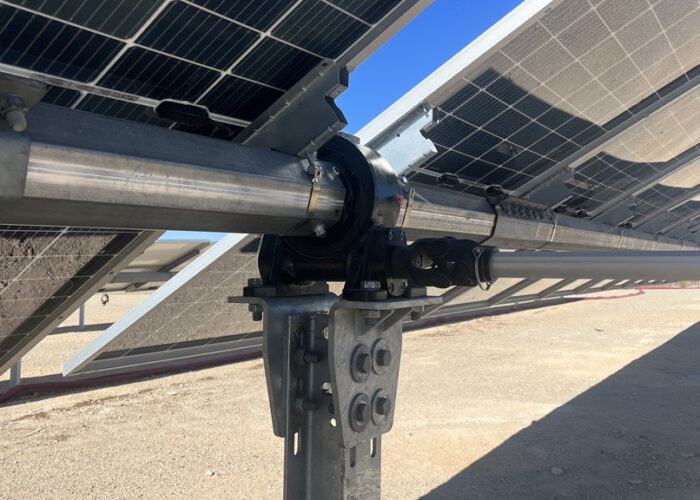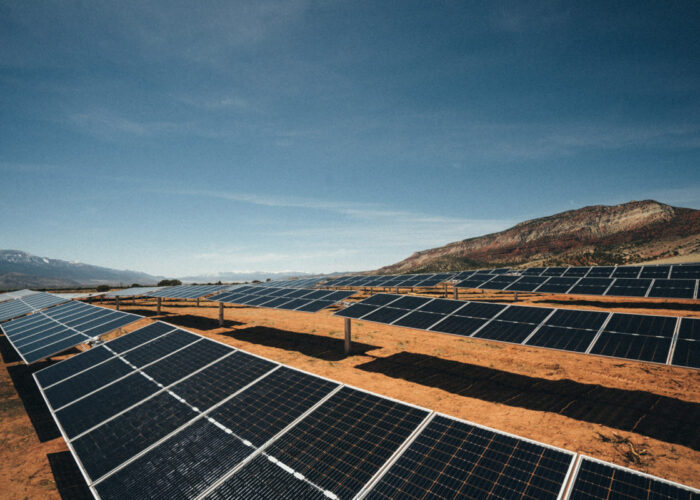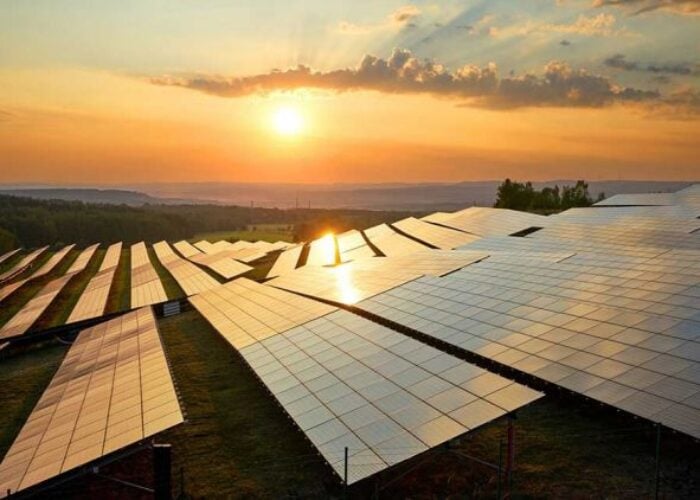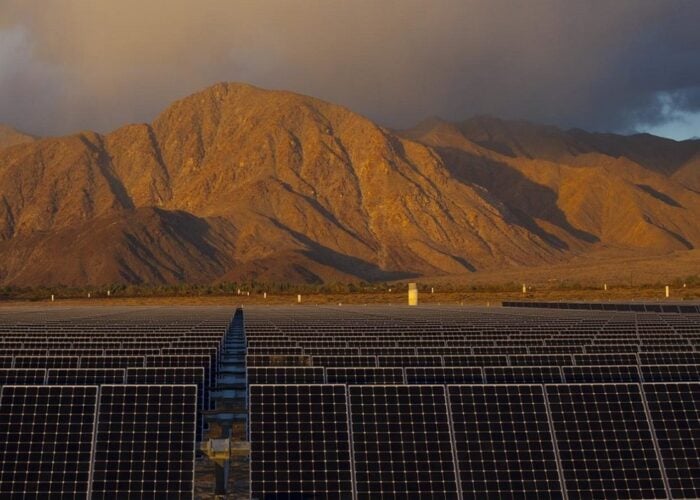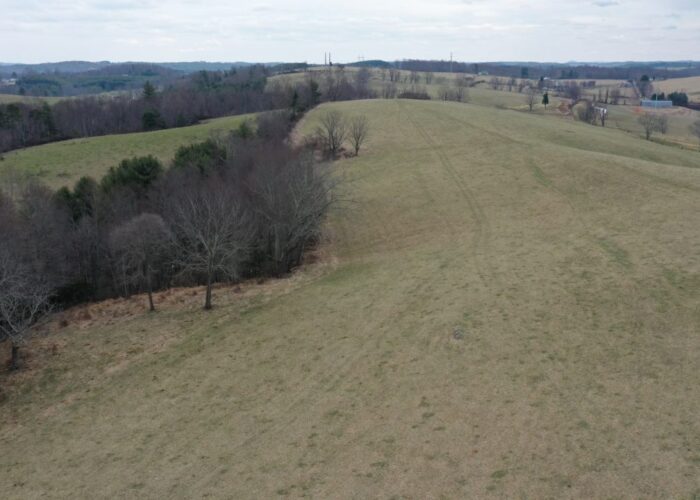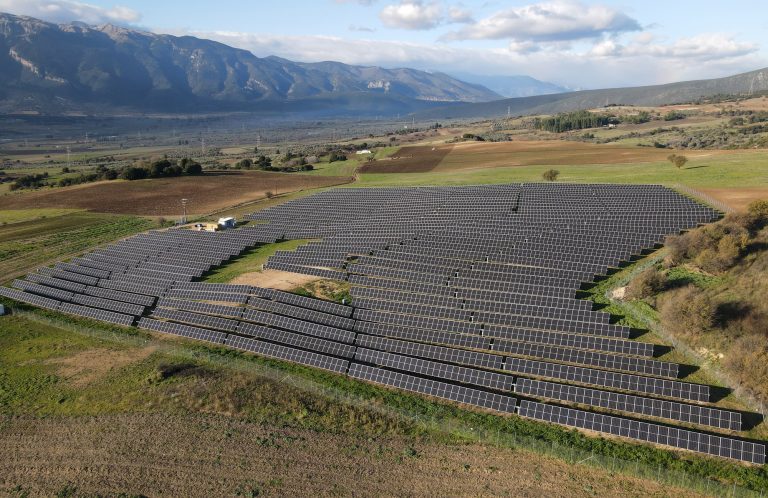
Solar sites are becoming larger while developers are facing more difficulties when looking for flat land to build solar projects. They resort to uneven terrain when designing solar projects, but this could be challenging if they do not have the appropriate tools and expertise. PV Tech spoke to Lithuanian software company PVcase which recently announced the acquisition of US solar siting software platform Anderson Optimization and raising US$100 million from investors, which it said would be used to tackle what it calls the “data risk” of the solar industry.
Q: Many developers in Europe resort to sites with slopes and uneven terrain to develop solar projects. Do you think it’s the best time to acquire Anderson Optimization?
Unlock unlimited access for 12 whole months of distinctive global analysis
Photovoltaics International is now included.
- Regular insight and analysis of the industry’s biggest developments
- In-depth interviews with the industry’s leading figures
- Unlimited digital access to the PV Tech Power journal catalogue
- Unlimited digital access to the Photovoltaics International journal catalogue
- Access to more than 1,000 technical papers
- Discounts on Solar Media’s portfolio of events, in-person and virtual
PVcase: Since most of the basic and easy solar development sites have already been built, European developers are being forced to adapt to more difficult terrain.
After we introduced Anderson Optimization to the European market, developers could work on projects on more difficult terrain with enhanced precision. Before PVcase brought Anderson Optimization to the EU market, developers had to rely on tools such as Arc or Google Earth, which provided at best 20×20 metre resolution. With Anderson Optimization, they can look at 3×3 metre resolution, sometimes even 1×1 metre resolution. We can also provide more detailed information about which direction the slope is facing than any other platform. That greater level of detail allows developers to select the best sites and grow their business more quickly.
Q: Can you tell more about the background of the acquisition? For example, since when have the companies decided to collaborate? What synergy will this acquisition bring to PVcase?
PVcase: Both Anderson Optimization and PVcase independently had the same vision: create the true end-to-end software ecosystem for developers and renewable energy companies. We both saw that the status quo didn’t make sense, where companies were using five, 10, or even as many as 20 software tools throughout a project’s lifecycle. Developers were creating manual, ad-hoc software and internal process workarounds to manage their projects, with significant risk to data integrity, creating an industry-wide issue that we call “data risk”.
To meet the scale of growth that these companies have all been tasked with and the scale required for the world to meet climate targets, we have to create enhanced overall efficiency across the entire value chain.
We both saw the potential for a single and standardised platform to turn the process of finding the best sites, designing for them, and then building and maintaining them into one that takes a matter of minutes rather than weeks.
So last autumn, when we started talking with Anderson Optimization, both companies quickly realised that there’s really no reason for us to separately build out our own products when we could instead combine the best practices we’ve each mastered for different stages of development.
By combining forces, we can now offer a product that’s a lot more efficient and more scalable, lowering data risk and driving down soft costs for developers.
Q: In what areas can Anderson Optimization strengthen PVcase’s business most?
PVcase: Interconnection has become one of the biggest bottlenecks in the entire development process. To truly create a one-stop shop, you need to cover that along with development and engineering. By combining with Anderson Optimization, we’re the only software ecosystem that has all three of those components. One of Anderson Optimization’s tools, AO Capacity, provides geo-located injection studies at all points of interconnection throughout the entire US.
Many companies think they have perfect sites and designs, but then they realise they can’t get that energy to the grid. Traditionally, developers have to spend four to six weeks for a single study with a consultant to figure that out. With AO Capacity, that week–long delay is eliminated – they can access that info immediately and use it during the site selection process, not afterwards.
Q: Developers can cut their data loss risk substantially by using PVcase products. Can you explain more about their capabilities?
PVcase: Beyond providing more detailed data, aggregating it in a single place and eliminating data risk, our product also offers significant software automation. This allows designers and engineers to move far more effectively and efficiently, finding more sites and growing their pipelines at the rate that they need to.
Q: As a software company, how much does PVcase spend on R&D?
PVcase: R&D has become an integral part of how we expand and improve our product. We started the programme through partnerships with organisations like Imec and TRUSTPV and have now expanded our team in-house to tackle some of solar’s most pressing data risk issues.
Q: Can you explain the business and competition of the siting software/engineering tool industry?
PVcase: In the US, we have a few competitors but in the rest of the world many developers are still using old-fashioned, crude, self-built implementations.
What we’re seeing across the industry is a two-fold problem. First, these data sets are available but are typically not aggregated in one place. But even if you have all that raw data, if you’re manually looking at layers and eyeballing things, all in an ad-hoc fashion, that creates a bottleneck.
What really differentiates our product is we’re not only aggregating everything in one place, we’re also standardising these processes and layering on significant software automation. This allows designers and engineers to move far more effectively and efficiently, finding more sites and growing their pipelines at the rate that they need to.
Q: Any plans that the company wants to expand to other countries?
PVcase: Absolutely. This is our most urgent goal following the acquisition. We have already brought Anderson Optimization technology to Spain, Germany and the UK and will continue rolling it out to new countries on a consistent basis. We will also focus on Europe and other markets such as Australia and Latin America. PVcase is already active in nearly 80 countries, in no small part because the software is designed to be intuitive across languages and that will continue to be an advantage as we move into new markets.

